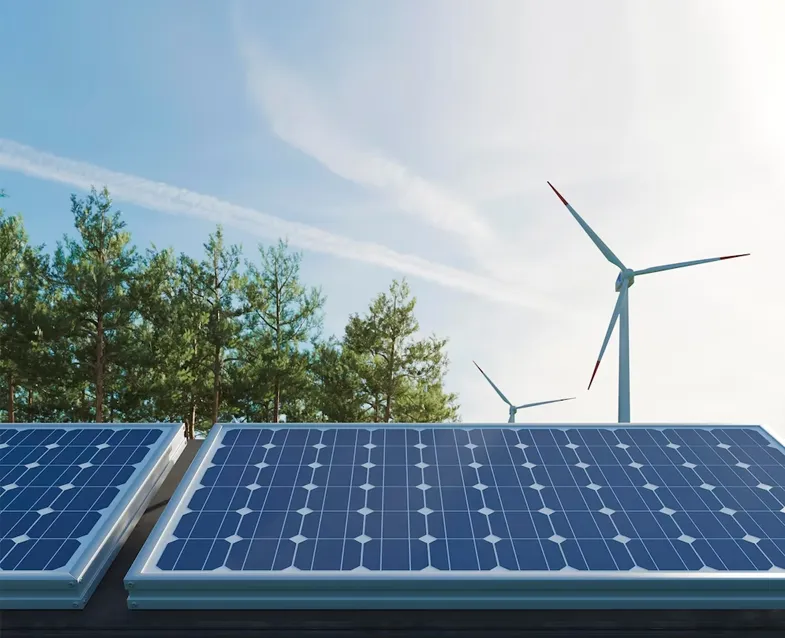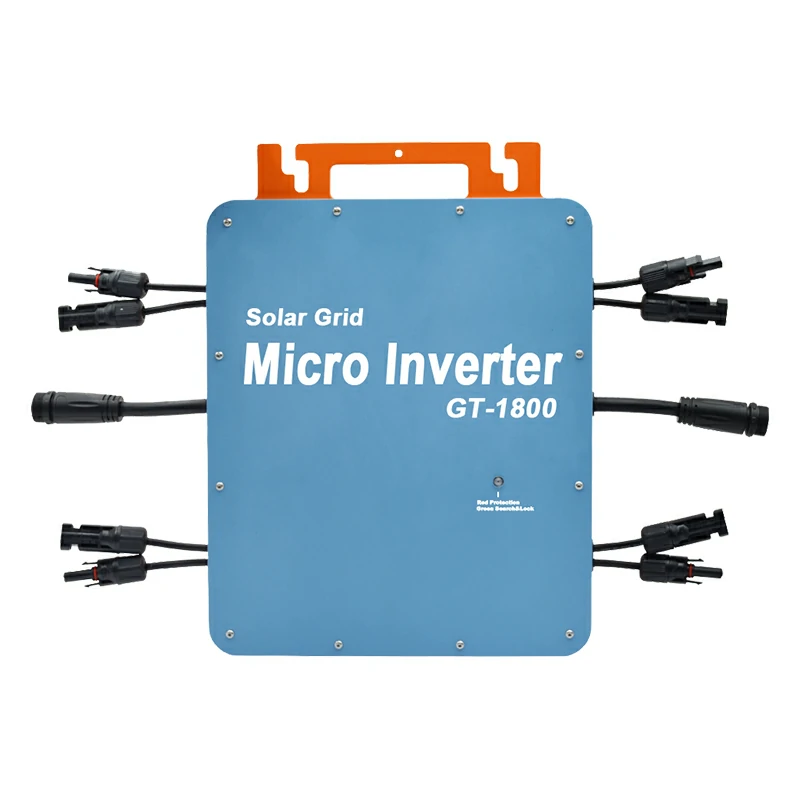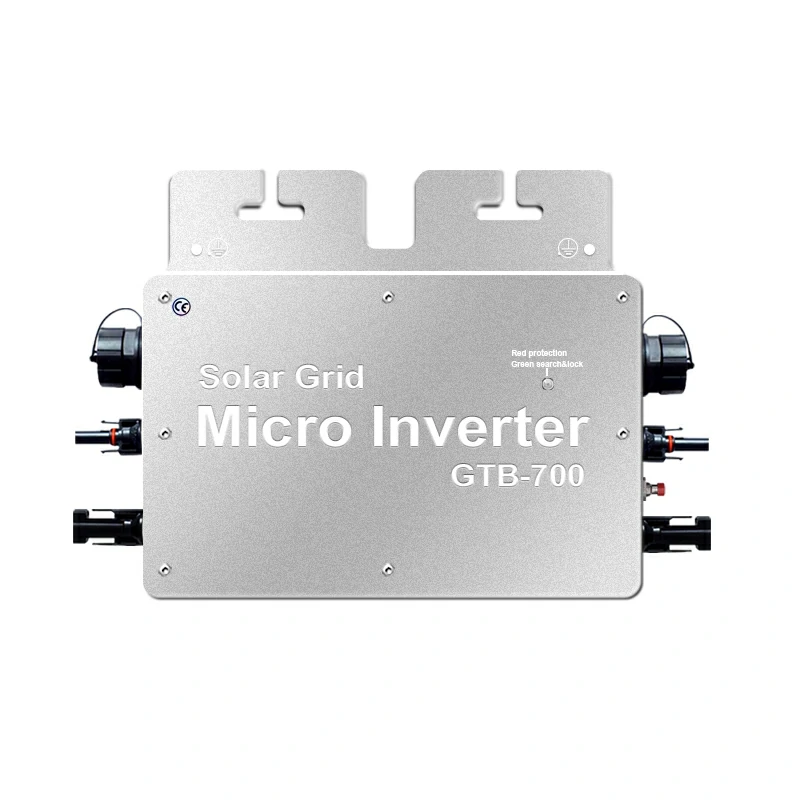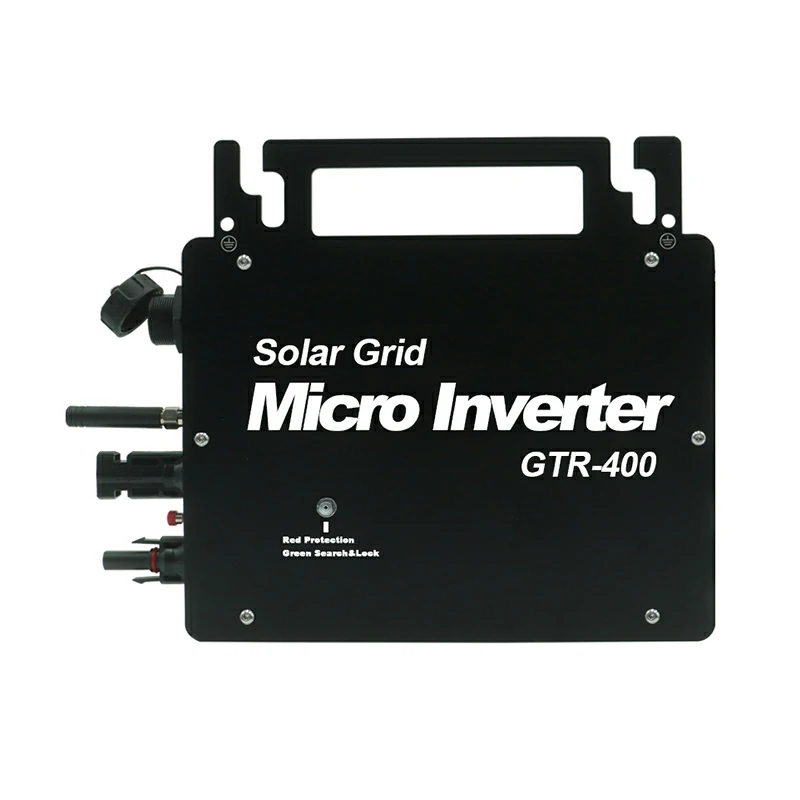
Conceptual understanding of inverter
The inverter is the process of converting AC power into DC power called rectification, the circuit that completes the rectification function is called a rectifier circuit, and the device that realizes the rectification process is called a rectifier or rectifier. Correspondingly, the process of converting DC power into AC power is called inverter, the circuit that completes the inverter function is called inverter circuit, and the device that realizes the inverter process is called inverter equipment or inverter.
The basic structure of the inverter
The direct function of the inverter is to convert DC power into AC power. The core of the inverter device is the inverter switch circuit, referred to as the inverter circuit. The circuit completes the inverter function by turning on and off the power electronic switch. The on-off of power electronic switching devices requires certain driving pulses, which may be adjusted by changing a voltage signal. Circuits that generate and condition pulses. Often referred to as a control circuit or control loop. The basic structure of the inverter device, in addition to the above inverter circuit and control circuit, there are protection circuit, output circuit, input circuit and so on.
The main technical performance of the inverter
Rated output voltage
Within the allowable fluctuation range of the specified input DC voltage, it indicates the rated voltage value that the inverter should be able to output. The stability and accuracy of the output rated voltage value are generally stipulated as follows:
1) In steady state operation, there should be a limit to the voltage fluctuation range, for example, the deviation should not exceed ±3% or ±5% of the rated value.
2) In the case of a sudden change in load (0%→50%→100% of rated load) or dynamic conditions affected by other disturbance factors, the output voltage deviation should not exceed ±8% or ±10% of the rated value.
Unbalance of output voltage
Under normal working conditions, the unbalance degree of the three-phase voltage output by the inverter (the ratio of the reverse sequence component to the positive sequence component) should not exceed a specified value, generally expressed in %, such as 5% or 8%.
Waveform distortion of output voltage
When the inverter output voltage is sinusoidal, the maximum allowable waveform distortion (or harmonic content) should be specified. It is usually expressed by the total waveform distortion of the output voltage, and its value should not exceed 5% (10% is allowed for single-phase output).
Rated output frequency
The frequency of the AC voltage output by the inverter should be a relatively stable value, usually the power frequency 50Hz. Under normal working conditions, the deviation should be within ±1%.
Load power factor
Characterize the ability of the inverter with inductive load or capacitive load. Under the condition of sine wave, the load power factor is 0.7~0.9 (lag), and the rated value is 0.9.
Rated output current (or rated output capacity)
Indicates the rated output current of the inverter within the specified load power factor range. Some inverter products give the rated output capacity, and its unit is expressed in VA or kVA. The rated capacity of the inverter is the product of the rated output voltage and the rated output current when the output power factor is 1 (that is, purely resistive load).
Rated output efficiency
The efficiency of the inverter is the ratio of its output power to input power under specified working conditions, expressed in %. The efficiency of the inverter at the rated output capacity is the full load efficiency, and the efficiency at 10% of the rated output capacity is the low load efficiency.
Protection
1) Over-voltage protection: For inverters without voltage stabilization measures, there should be output over-voltage protection measures to prevent the negative section from being damaged by output over-voltage.
2) Over-current protection: The over-current protection of the inverter should be able to ensure timely action when the load is short-circuited or the current exceeds the allowable value, so as to prevent it from being damaged by the surge current.
Starting characteristics
To characterize the ability of the inverter to start with load and the performance during dynamic operation. The inverter should ensure reliable starting under rated load.




